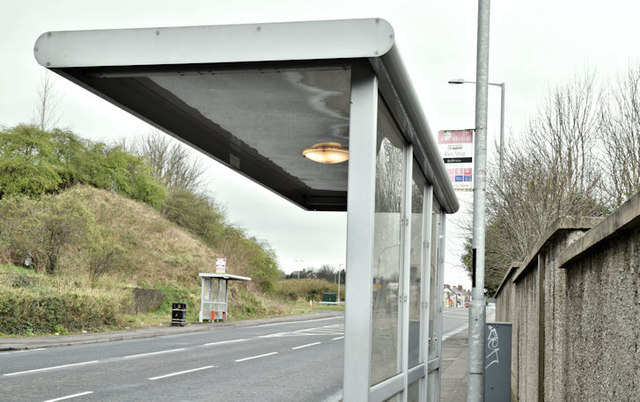Most Bus stop bus along the roadway for this function in addition to picking up and dropping off passengers at bus stations and off-street destinations. While some countries allow buses to stop anywhere, even on crowded city streets, most countries only allow buses to halt at specified stops in urban areas.
PATRONAGE DETERMINES DESIGN
Usage plays a major role in determining the necessity of marked bus stops. It might not be required to invest in bus stop infrastructure if there aren’t many passengers. Allowing passengers to board or disembark from the bus at any time is impractical when there are a lot of them. Buses might stop every few meters as a result, which would significantly impede other vehicles and lengthen travel times to an intolerable degree.
Therefore, waiting passengers should be grouped at appropriate points on the majority of urban routes where traffic flow is large enough. A sign atop a pole, passenger shelter, or other piece of street furniture, like a lamp standard, should be used to identify these. The signs should be easy for oncoming cars to see and, preferably, should be lit at night.
All parties involved, including the
- Police
- Bus operators
- Highway authorities, and perhaps
- Passenger representatives,
should ideally confer when choosing bus stop bus.
LOCATION
It goes without saying that bus stops should be placed in handy locations near where people want to board or disembark from buses and where doing so is safe. They ought to be located to a location where crossing the street is safe for pedestrians, ideally close to a pedestrian crossing. However, they must to be positioned to reduce traffic jams and the risk to other drivers posed by stalled buses or buses pulling into or out of stops.
Generally speaking, bus stops should be situated at least 30 meters away from a major road intersection to reduce traffic jams. On the other hand, buses should ideally stop within easy walking distance of intersections if passengers are to board them on intersecting routes. bus stop bus should be situated where pedestrian paths that are distinct from the road system cross bus routes in residential developments.
MORE
Bus stop distances need to be carefully considered as well. Passengers will have to traverse extra lengths if stops are too far apart. Conversely, stops that are excessively near to one another may unnecessarily slow down other traffic and lengthen bus trips by wasting more time accelerating and decelerating.
